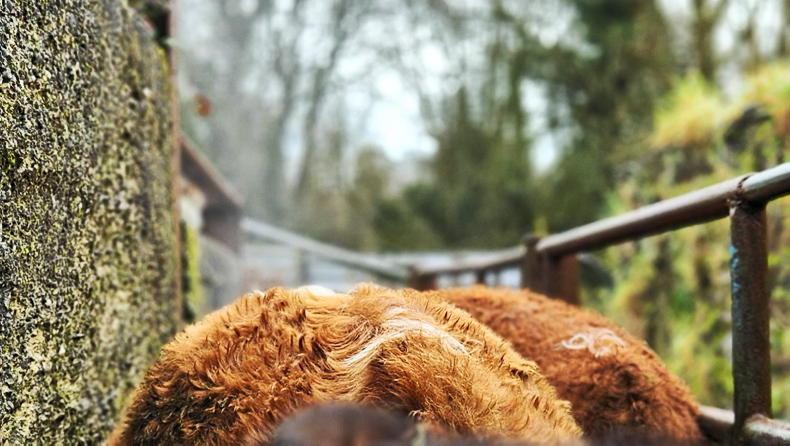This week’s publication of the Food Vision beef and sheep report heralds a significant turning point in the future of the Irish suckler herd. It has been feared for some time now that the “struggling” suckler cow would be sacrificed for the more profitable dairy cow.
When you look at the figures, nobody can argue the massive difference in economic output and profit between a suckler cow and dairy cow.
Current policy is pointing towards backing the dairy cow. In doing so a path has been paved for a low level of dairy herd growth over the next eight years up to 2030.
Incentivising a reduction in suckler cow numbers during this period will be central to the plan working.
Irish agriculture cannot meet its greenhouse gas emissions reductions targets without reducing animal numbers by 2030. The report states that a 4.28 megatonne (MT) reduction in emissions is possible with the adoption of technology across the industry and no reduction of animal numbers but this will fall short of the target by 1.47MT. The current proposals could see suckler farmers drop to 1980 levels of under 500,000 cows.
It’s ludicrous to think that these proposals have been drafted without an economic assessment carried out and to proceed with the current proposals in the climate action plan shows a complete disregard for rural Ireland and everything it stands for. It’s reckless and irresponsible.
Suckler beef farmers are facing huge challenges. Policy pointing towards exit and reduction schemes, reduced BPS support payments, reduced stocking rates if joining ACRES and reduced cow numbers in organic systems are all in the mix.
On top of all this, we are seeing dairy farmers willing to pay huge money to rent land to avoid having to reduce cow numbers under new nitrates rules.
The economics of beef farming will mean that the land rental market will result in many beef farmers having to give up rented land in the next few years.









SHARING OPTIONS